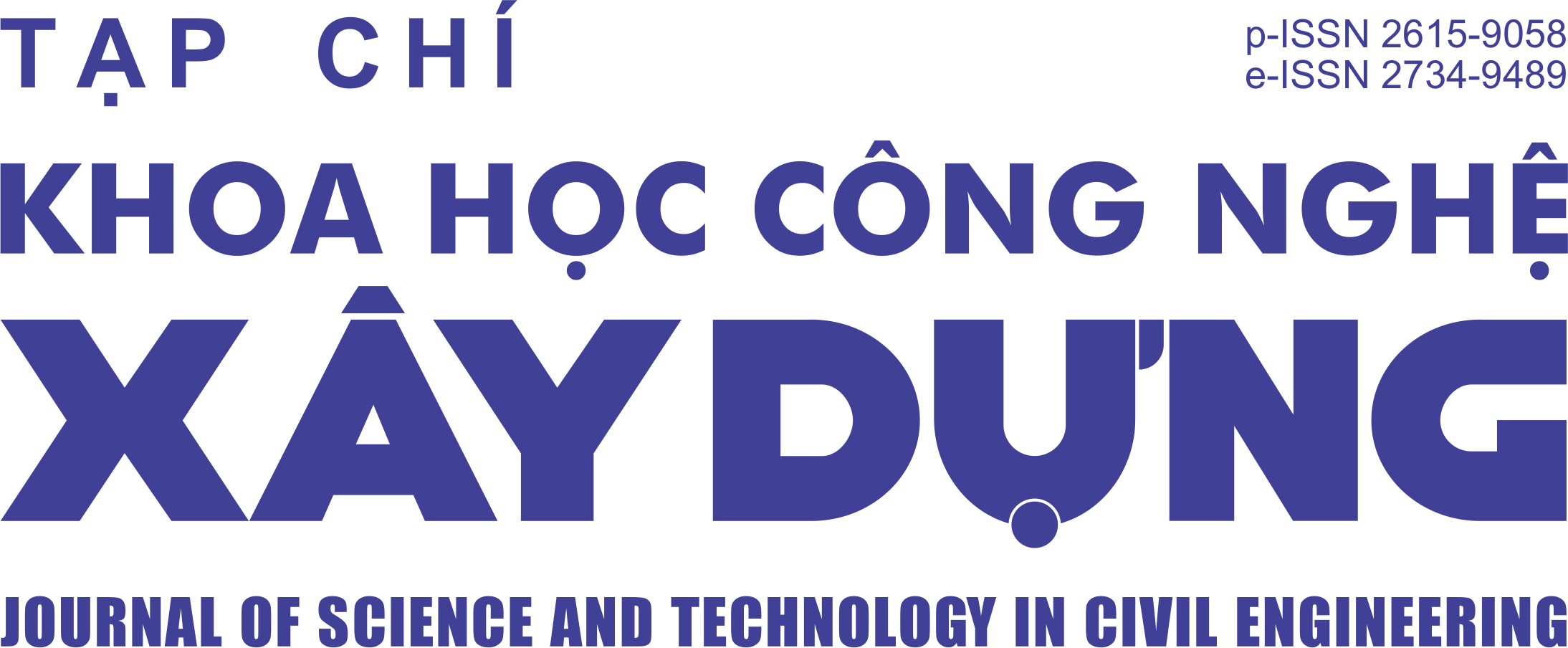A constant friction coefficient model for concave friction bearings
Abstract
This paper develops a constant friction coefficient model that best represents a velocity-dependent friction model for predicting structural response of buildings isolated with concave friction bearings. To achieve this goal, the effect of friction model on structural response of three hypothetical isolated buildings with different number of stories subjected to different earthquake scenarios was numerically investigated. The structural numerical models of the isolated buildings were developed in OpenSees with superstructure is represented by a shear frame model and isolation system using single friction pendulum bearings is modeled by a 3-D friction pendulum bearing element which accepts different friction models. The numerical models were subjected to 30 pairs of ground motions, representing service earthquake level, design basic earthquake level and maximum considered earthquake level at a strong seismic activity area in the world. The investigation reveals that friction coefficient models significantly affect the structural response and there is no constant friction coefficient model that simultaneously best predicts isolation system response and superstructure response. The constant friction coefficient that best predicts isolation system response produces a large error on prediction of superstructure response and vice versa. Based on the numerical results, a constant friction coefficient model for different criteria was developed.
Keywords:
friction coefficient model; friction bearing; isolation system; earthquake response; time-history analysis.
Downloads
Copyright (c) 2020 National University of Civil Engineering

This work is licensed under a Creative Commons Attribution-NonCommercial-NoDerivatives 4.0 International License.
1. The Author assigns all copyright in and to the article (the Work) to the Journal of Science and Technology in Civil Engineering (JSTCE) – Hanoi University of Civil Engineering (HUCE), including the right to publish, republish, transmit, sell and distribute the Work in whole or in part in electronic and print editions of the Journal, in all media of expression now known or later developed.
2. By this assignment of copyright to the JSTCE, reproduction, posting, transmission, distribution or other use of the Work in whole or in part in any medium by the Author requires a full citation to the Journal, suitable in form and content as follows: title of article, authors’ names, journal title, volume, issue, year, copyright owner as specified in the Journal, DOI number. Links to the final article published on the website of the Journal are encouraged.
3. The Author and the company/employer agree that any and all copies of the final published version of the Work or any part thereof distributed or posted by them in print or electronic format as permitted herein will include the notice of copyright as stipulated in the Journal and a full citation to the Journal as published on the website.







